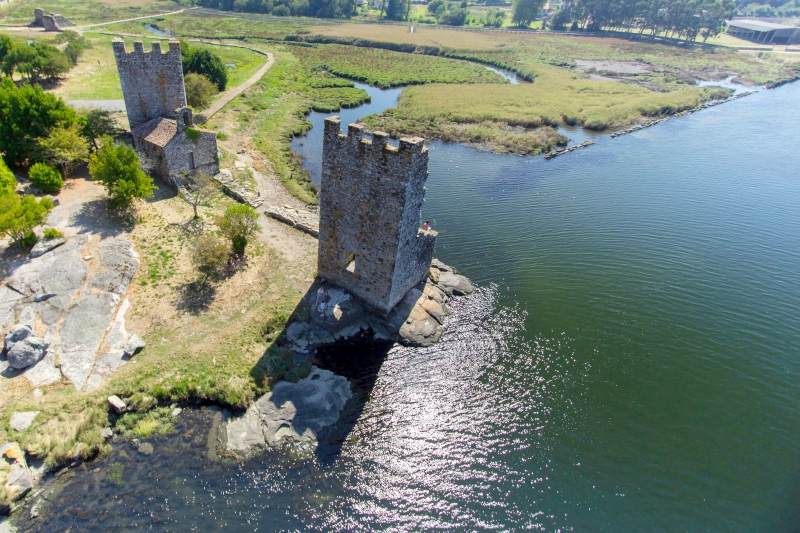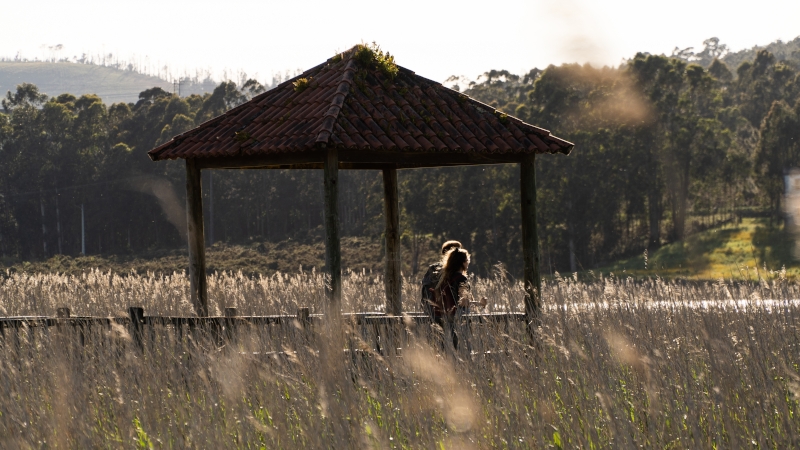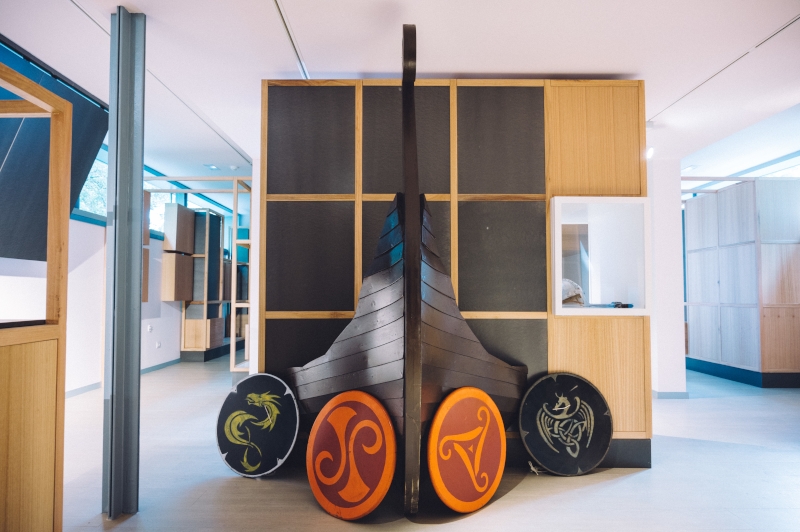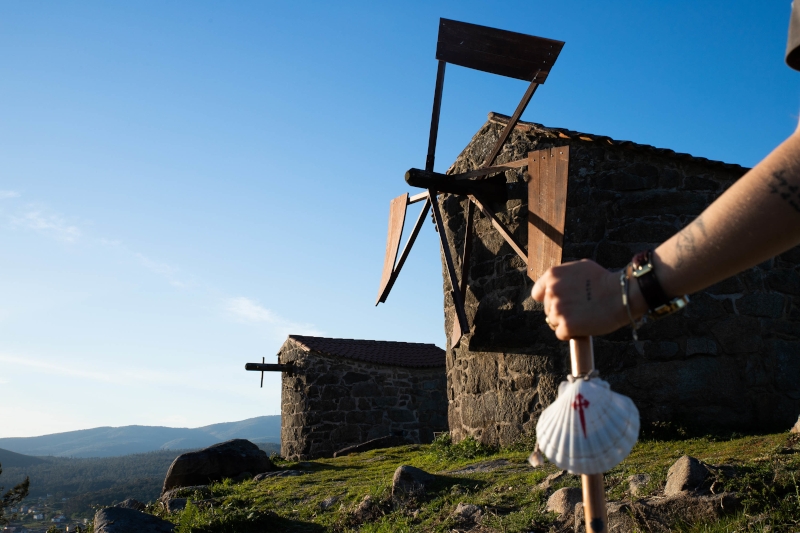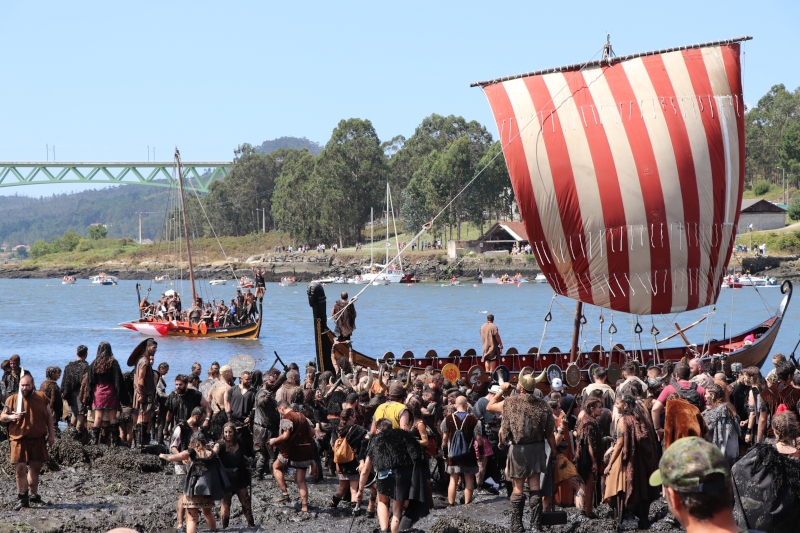
What to see and do in Catoira?

The Torres do Oeste are the remains of the fort known as “Castellum Honesti,” which was erected in the 9th c. by King Alfonso III the Great to deal with the frequent attacks by Normans, Vikings and Saracens in this region. It was successively extended until, in the 12th c., it attained an impressive size featuring a large wall and seven towers.
Catoira has the only Viking vessels that we can find in Galicia and perhaps in all of Spain. These are three fairly reliable reproductions based on ships that are kept in museums in Denmark and Norway.
Known as Illa do Rato or Ínsua dos Ratos, it is really a small rocky islet in the midst of the Ulla River, opposite the Catoira wetland and very close to Catoira bridge and the towers called “Torres de Oeste.
This is an extensive, well-maintained natural space at the mouth of the Ulla River, which links the centre of Catoira with Torres do Oeste and continues as far as the neighbouring municipality of Valga; it thereby follows a section of the Route of the Sea of Arousa and Ulla River.
Located near Torres do Oeste and the river walkway, this modern building was designed by the architect César Portela. The ground floor houses, in addition to a tourist office, a spacious exhibition hall designed like a Viking longship, which features the history of the Towers, Nordic forays in Galicia, etc. The basement includes an audiovisual room for screening videos and images, while the first floor features an educational space and recreational area.
It was originally a quarry that, after it was closed, left a huge hole in the ground. It gradually filled up with the water from several underground springs, resulting in the present-day lagoon.
There are two series of windmills featuring excellent views of Ría de Arousa and the mouth of the Ulla River.
Diego Gelmírez is one of the most outstanding figures of the Mar de Santiago route’s history.
In honor of this important historical figure, a statue is erected in the Alameda de Catoira, built in cast iron by the students of the Viking School Workshop II between 1999 and 2001.
This is undoubtedly one of the most singular festivals that is held in Galicia. It commemorates the local resistance against the frequent Viking invasions.
It is now organised by Catoira Town Centre, which has turned the original festival, its most significant element, into a cultural and tourist phenomenon.
TOURIST OFFICE OF
Catoira






